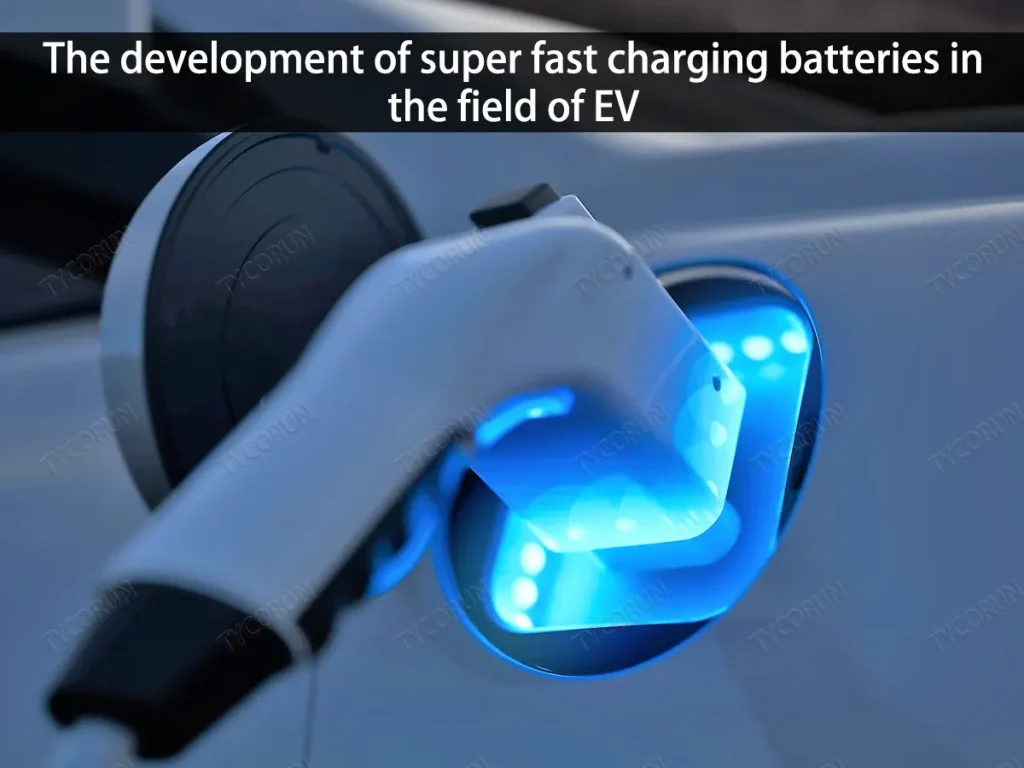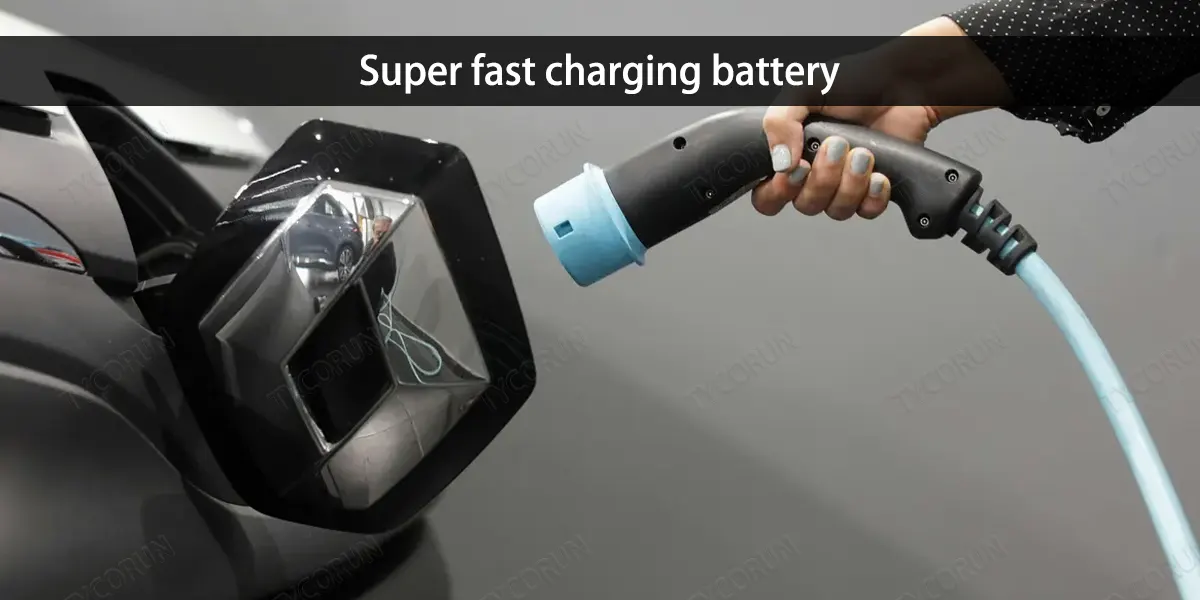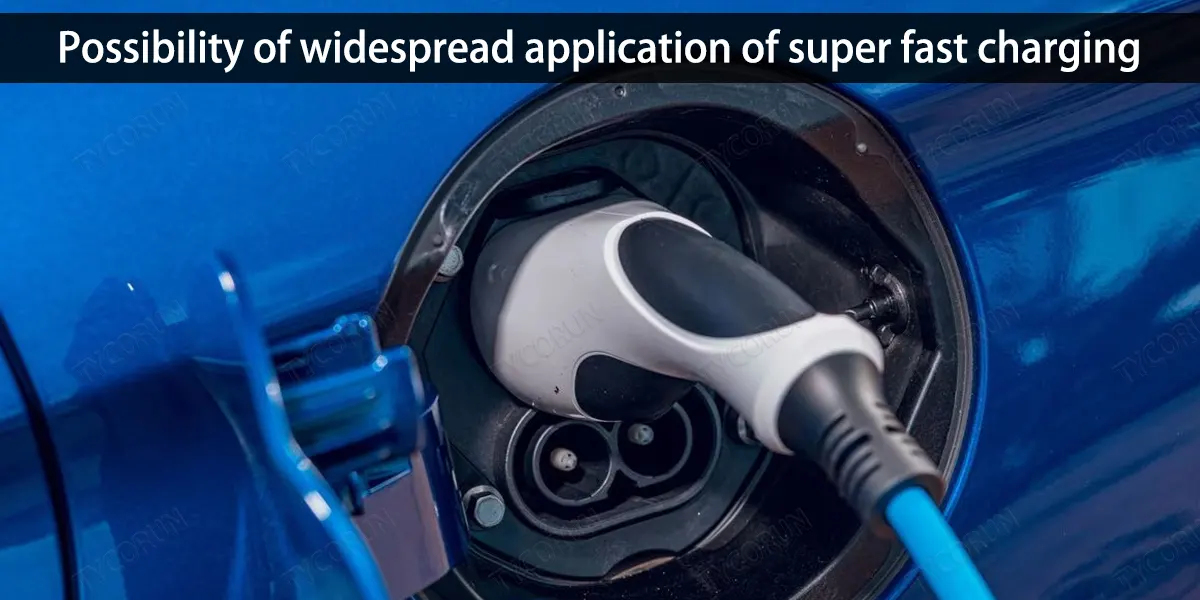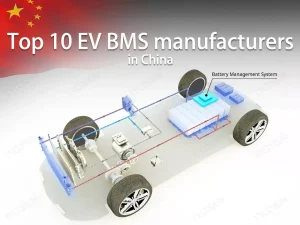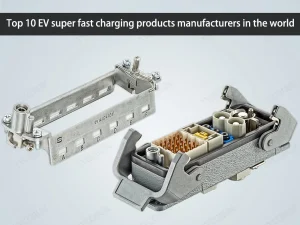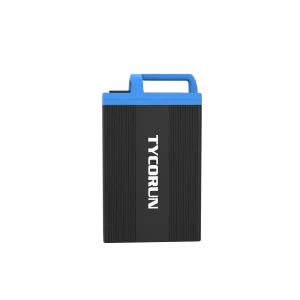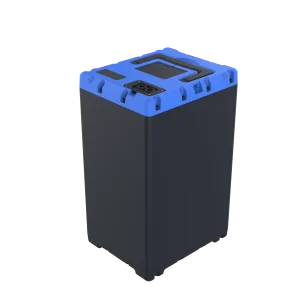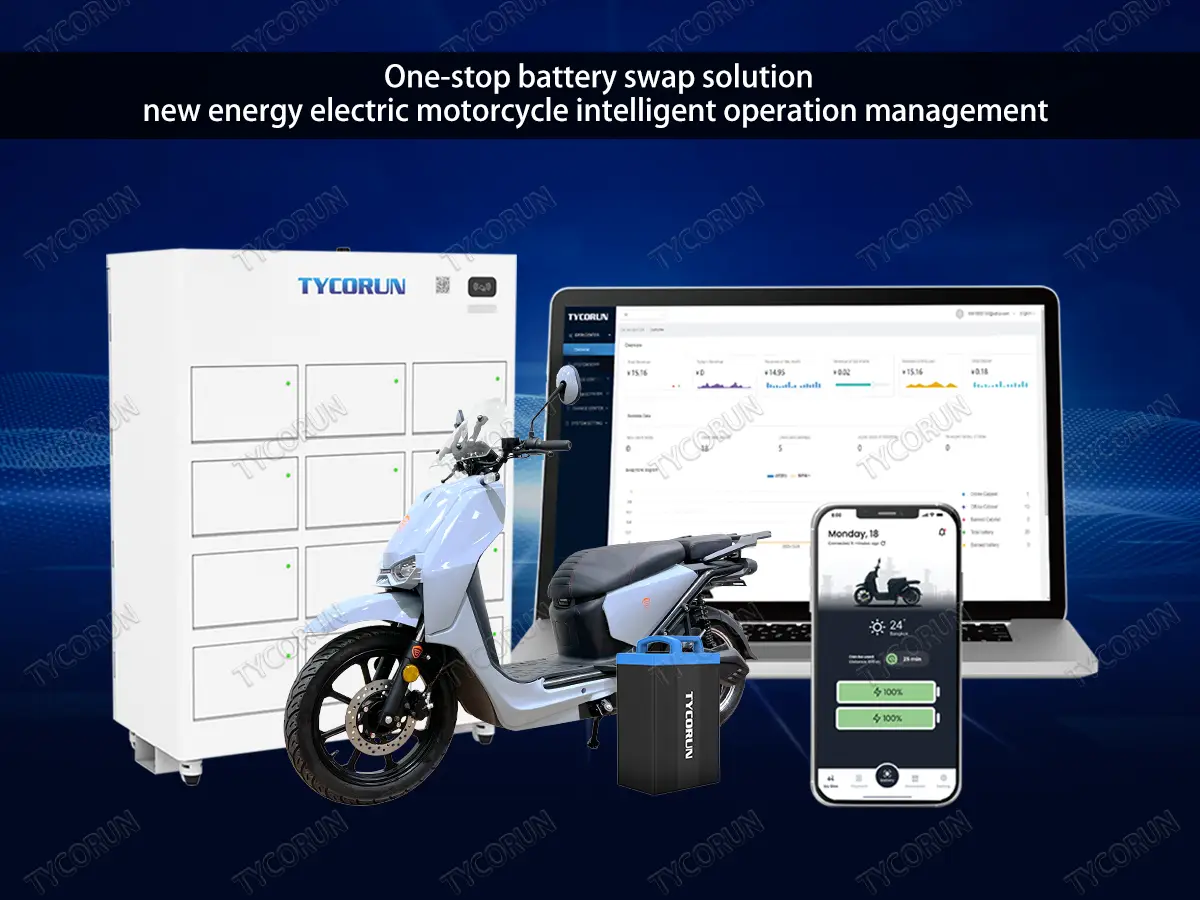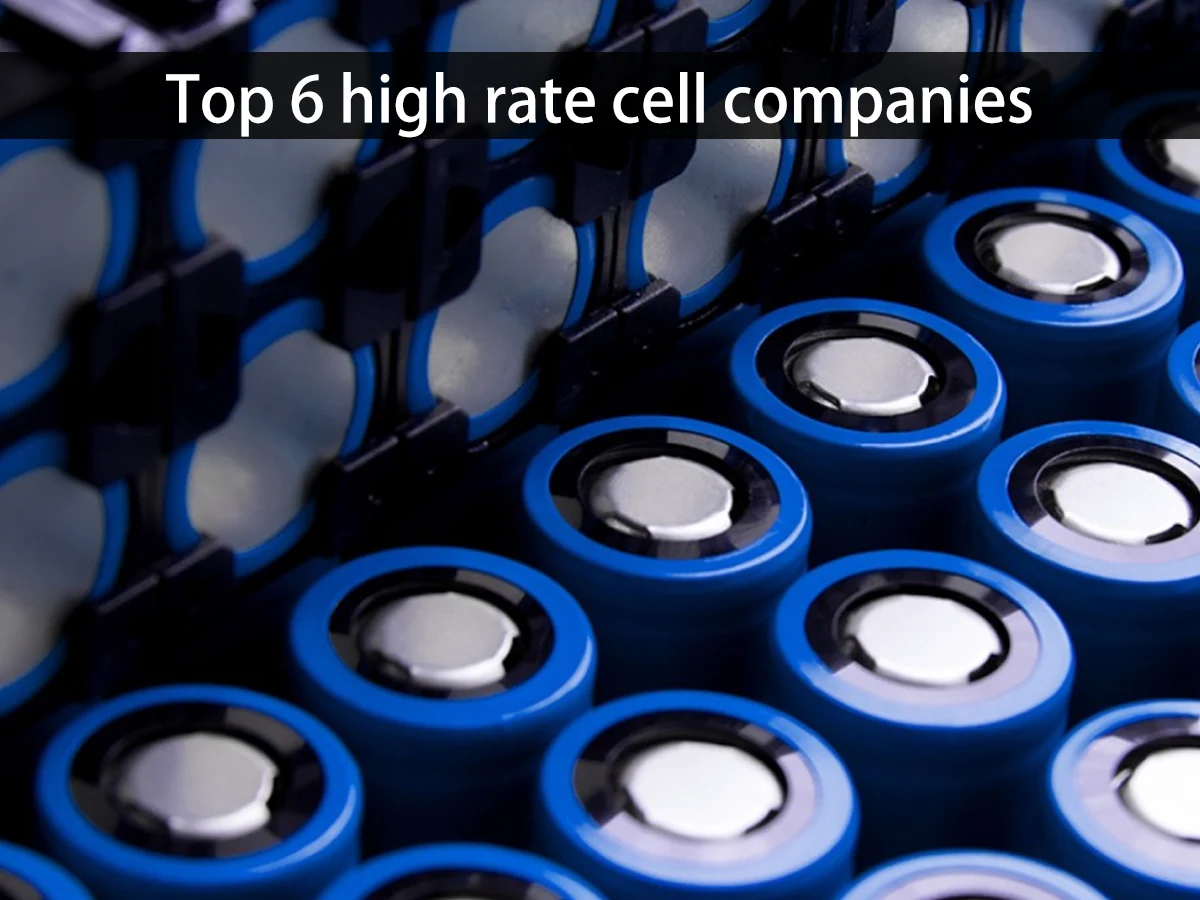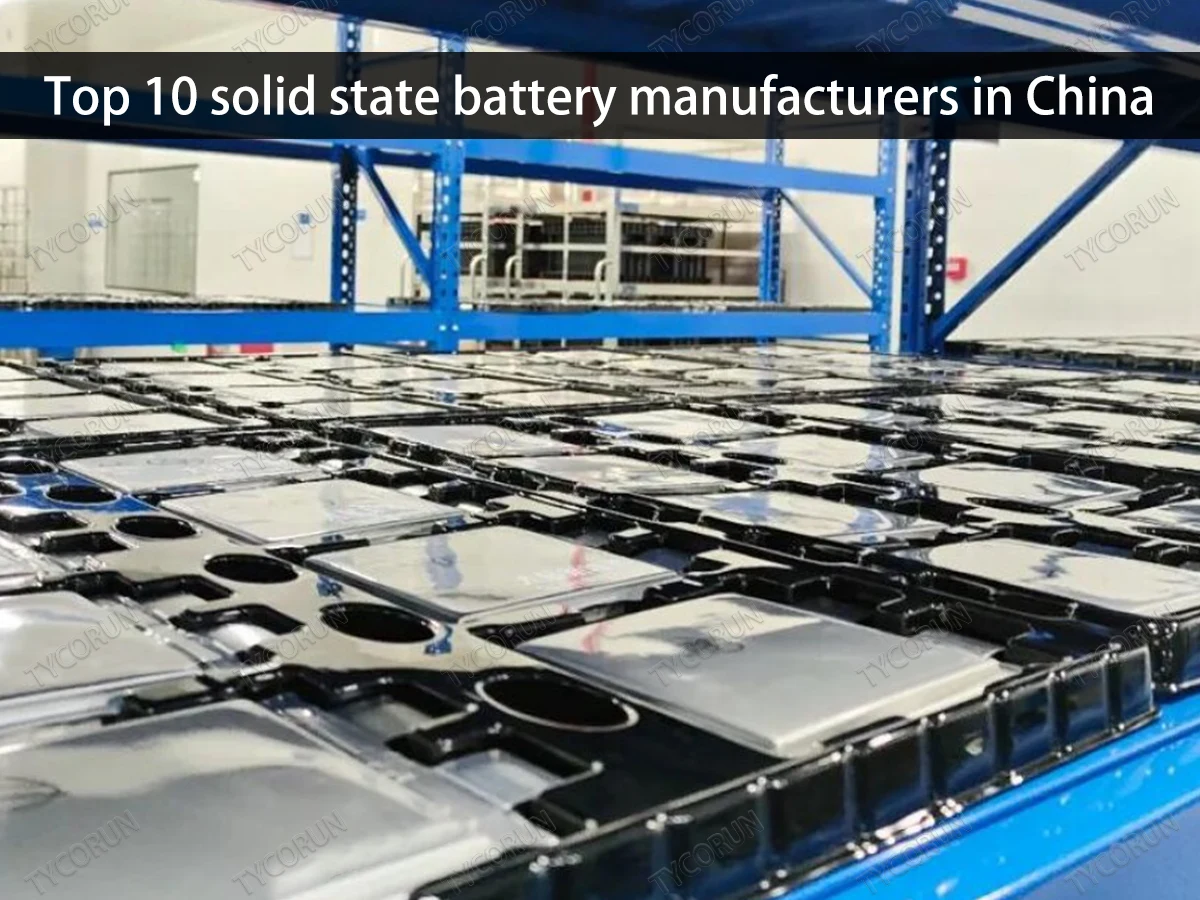Home » lithium ion battery knowledge » The development of super fast charging batteries in the field of EV
The development of super fast charging batteries in the field of EV
Overall, the retail penetration rate of electric vehicles in China has gradually increased and has been above 30% for seven consecutive months. In terms of growth rate, the growth rate of electric vehicle penetration has gradually slowed down, and downstream market demand has weakened.
This means that for the entire industry, in order to further meet market demand and expand market share, vehicle performance needs to be improved and costs reduced.
Among them, the power battery is the most important system in the vehicle, accounting for 30% to 40% of the cost of the vehicle. Its innovations and breakthroughs in technology and products play a vital role in the vehicle.
Current status of the super fast charging battery market
Judging from the overall development history of the battery side, power batteries have basically solved safety performance issues, and their range has generally exceeded 600 kilometers, and can even exceed 1,000 kilometers, gradually resolving battery life anxiety.

Therefore, it can effectively break the terminal range anxiety and energy replenishment anxiety, and further shorten the charging time, which has become an important dimension to increase the penetration rate of electrification. Fast charging has become a technical scenario for many companies to increase their layout.
At present, electric vehicle fast charging technology has entered the stage of fierce market competition and infrastructure popularization. Members of top 10 lithium ion battery manufacturers in China such as such as CATL, SVOLT, and EVE have launched fast-charging battery solutions.
The accelerated deployment of battery companies in the field of fast-charging batteries will drive the mass production and marketization process of fast-charging batteries.
The trend of super fast charging batteries
As fast charging technology has become one of the breakthroughs in solving the problem of convenient charging of electric vehicles, battery companies have increased their deployment, which has also promoted the continuous iterative updates of fast charging battery technology products.
At present, fast-charging batteries mainly present three major trends in terms of product performance, technical path and market layout.
First, in order to solve the energy replenishment anxiety of terminal demand, many battery companies have increased the charging rate to reduce charging time.
Judging from the product layout of battery companies, 4C+ fast charging may become the mainstream route in the future.
As 2021 begins, fast-charging batteries have entered a technological maturity stage, and battery companies are constantly increasing battery capacity ratios in order to seize market opportunities.
Previously, CATL released the CTP3.0 Kirin battery in June 2022, which has 4C fast charging capabilities. Recently, CATL announced that it is equipped with the ideal MEGA model, which already has 5C charging capabilities.
In addition, CALB, SVOLT, Great Bay Technology, etc. have also announced that their products are moving from 4C to 6C. The “Phoenix Battery” released by Great Bay Technology can even achieve the fastest 8C ultra-fast charging.
The increase in charging rate puts forward higher requirements on the internal resistance of the battery core and the thermal management system of the battery.
On the one hand, the lower the internal resistance, the better, which can reduce battery core heating; on the other hand, the battery pack thermal management system must be particularly excellent to maximize heat dissipation capabilities.
Therefore, in order to increase the charging rate of fast charging battery while ensuring battery safety, various power battery companies are also “flexing their muscles” around material innovation and whole-pack thermal management.
Second, as battery companies continue to upgrade their technology and product iterations, fast-charging batteries will be available in more models of different types and prices.
Although many companies are currently promoting super fast charging batteries, under cost pressure, super fast charging is suitable for mid-to-high-end vehicles priced above 250,000 RMB.
As iron-lithium fast-charging batteries are gradually “rising” and battery costs are reduced, this will enable fast-charging batteries to be used in lower-priced models.
In August, CATL released the world’s first lithium iron phosphate 4C superchargeable battery – Shenxing battery, which can achieve “10 minutes of charging and a range of 400 kilometers”, breaking through the low-temperature fast charging limit.
It is worth mentioning that Shenxing Battery is different from the Kirin battery (overcharge) previously released by CATL. Shenxing Battery focuses on the economic market and will mainly cover pure electric models with RMB 150,000-300,000 in the future. This may lead to the price of fast-charging models “dropping”.
In addition to CATL, one of the members of top 10 lithium iron phosphate power battery manufacturers in China, Gotion High-tech have also launched fast-charging batteries that include iron-lithium technology.
The fast-charging batteries previously supplied by CALB to Xpeng G6 are a new generation of iron-lithium batteries and medium-nickel high-voltage ternary lithium battery developed based on the 800V high-voltage platform.
SVOLT’s Dragon Scale Battery is compatible with full chemical system solutions such as iron-lithium, ternary, and cobalt-free, with a cruising range of up to 1000+KM, covering 1.6C-6C fast charging systems.
Gotion Hi-Tech L600 Qichen battery cell adopts the lithium iron manganese phosphate technology route with a capacity of 223Ah, which can achieve a mass energy density of 240Wh/kg and achieve fast charging in 18 minutes.
Third, as both the electric vehicle market and the power battery market enter a stage of intense competition, mass production and vehicle installation of fast-charging batteries are accelerating.
Since 2023, the super fast charging solution of “charging in 5 minutes and driving range of 200km” has been intensively installed in vehicles. On the one hand, new car manufacturers have introduced fast charging as standard equipment in their models.
For example, NIO, which is a car company focus on battery swapping, its 800V model of ES6 only needs 12 minutes to charge 10%-80% SOC and will be delivered on May 25; MEGA will also be officially released in December this year, and will start showing cars in stores in January next year, and will start delivering them to users in February next year.
On the other hand, some companies’ fast-charging batteries are about to enter mass production. For example, CATL’s Shenxing super-chargeable battery will complete mass production by the end of this year;
EVE’s 4695 large cylindrical battery will be mass-produced and delivered in the third quarter of this year. It uses 3-4C fast charging core and large-area liquid cooling technology to support ultra-fast charging.
Possibility of widespread application of super fast charging
Even though battery-side technology has matured, the promotion and application of fast-charging batteries still requires the cooperation of vehicles, batteries, and charging piles.
As a highly complex systematic project, fast charging requires new adjustments from the three electricity levels to the charging pile and power grid levels.
From the perspective of car companies, many car companies have successively launched 800V high-voltage electrical architecture and super fast charging of more than 450kW. The fast-charging battery under this solution is regarded as one of the best solutions for energy replenishment.
At present, many mainstream Chinese car companies such as Tesla, Xpeng, NIO, Ideal, BAIC Jihu, Changan Avita, and BYD have launched or plan to launch 800V high-voltage platforms and equipped models.
Among the battery solution providers that match the 800V high-voltage platform, CATL, CALB, BYD, EVE, Gotion Hi-Tech, etc. all provide corresponding products.
However, the 800V high-voltage platform solution requires automobile companies and electrical and electronics companies to systematically upgrade the battery cells and systems, the insulation and voltage resistance levels of various high-voltage components, and the current-carrying and high-temperature resistance capabilities of the copper bars.
Limited by technology, cost and overcharging network construction and other difficulties, the large-scale popularization of 800V high-voltage fast charging will still take a long time.
Conclusion
According to incomplete statistics, currently only about 3% of electric vehicles are equipped with an 800V high-voltage platform, and the vehicle prices are more than 250,000 RMB. This means that many OEMs still use the 400-volt medium and low-voltage platform architecture.
In addition to car companies, supporting super charging piles is also a major problem in realizing fast charging. At present, there are still only a few charging piles on the market that can truly achieve overcharging, and the main charging power is still 120/180kW, which is still too little.
Although a few companies such as Huawei and VMware have launched products suitable for 800V high voltage, under the premise that cars with 800V high voltage platform have not yet become mainstream configurations.
The the charging pile industry is still in the stage of policy-driven to market-driven, construction and the cost of operating supercharging piles is also the reason why many companies are “daunted”.
It can be seen that in the future, for battery companies, how to link up with car companies and charging pile companies to achieve universal cost reduction of fast charging technology will become the focus of competition and development direction of the fast charging track.


